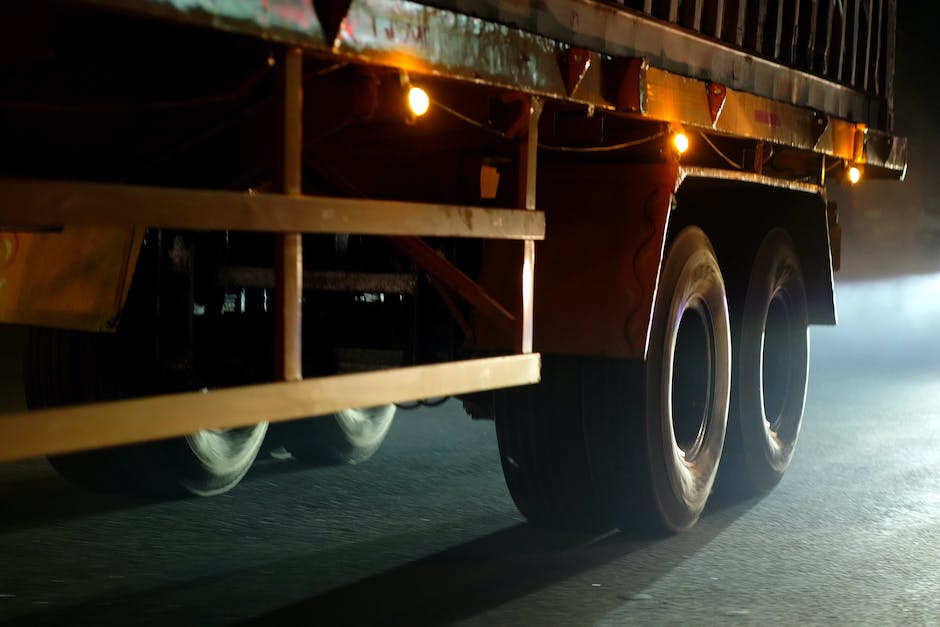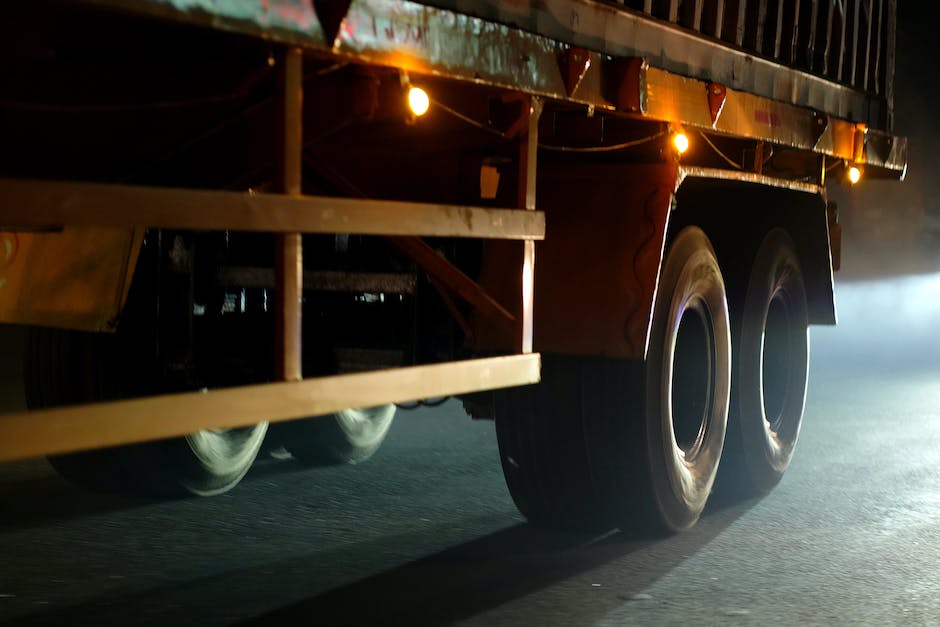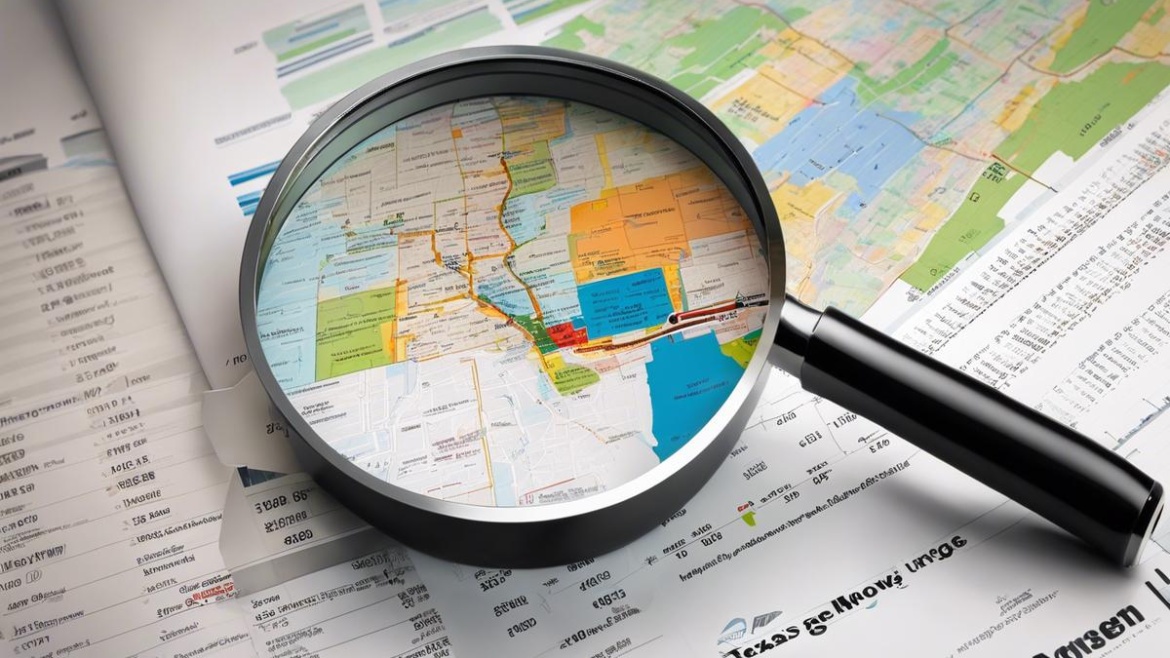In a state as vast and evolving as Texas, the long-distance moving and storage industry plays a critical role in supporting the economic lifecycle, making it a flourishing sector worth understanding. This in-depth examination will focus on understanding the nuances of the market, the technological advancements reshaping operational processes and customer experience, the legislative landscape guiding the operations, and effective strategies for business growth and profitability. With key players molding industry standards, demographic factors defining the target market, and current trends setting future trajectories, it’s time to tap into the fascinating world of Texas long-distance moving and storage.
Understanding the Market and Industry
Unpacking the Future: Texas Long-Distance Moving and Storage Industry
As the world becomes increasingly interconnected, the Texas long-distance moving and storage industry is reshaping its landscape to attract a wider customer base. Today’s market trends involve technology integration, green practices, and customized services, contributing to a massive transformation in the industry.
Technology is revolutionizing almost every industry you can think of, and moving and storage isn’t an exception. Companies are leveraging high-tech solutions to enhance efficiency and customer experience. GPS tracking, for instance, is proving instrumental for customers, providing them with real-time updates of their belongings’ location during a move. Furthermore, advanced inventory management systems are simplifying the storage process, making it easier for companies to track and manage goods, reducing human error, and increasing customer satisfaction.
Sustainability is no more just a buzzword; it’s steadily becoming a business model. A growing number of eco-conscious consumers are demanding environmentally-friendly services. Therefore, moving and storage firms are transitioning to green practices, like using bio-diesel trucks and recyclable packing materials. This not only reduces their carbon footprint but also strengthens their brand reputation in the market, attracting a niche clientele who prefer eco-friendly businesses.
Every customer is unique, and so are their needs. A one-size-fits-all approach won’t cut it anymore in the moving and storage industry. Companies are gradually realizing this and pivoting towards offering bespoke services. From advanced planning and scheduling to unpacking and setting up at the new location, businesses are ready to cater to unique customer needs, allowing customers to mix and match services to create a custom moving and storage solution.
Finally, let’s not forget the influence of fluctuating oil prices on this industry. As transportation is a significant component of moving and storage services, any increase in fuel price can tightrope the industry dynamics. By keeping a close eye on oil market trends, companies can prepare and offset potential price hikes, thus ensuring steady services without burning a hole in customers’ pockets.
Where is the Texas long-distance moving and storage industry heading next? In an industry where customer satisfaction is king and every business move impacts the bottom line, only time will tell. However, companies that stay ahead of the curve by leaning into technology, imbibing sustainable practices, and customizing their offerings are unquestionably poised for inevitable growth. For customers, the future promises an efficient, eco-friendly, and personalized moving and storage journey that keeps pace with the times.

Technological Innovations and Processes
Creating Waves: How Tech is Reshaping Texas’s Long-Distance Moving and Storage Sector
Never static, the world continues to surge forward, courtesy of burgeoning technology. The Lone Star state is no exception, with the long-distance moving and storage industry experiencing a tech-driven evolution. Updated practices and new products are the fresh face of a once slow-changing sector, bringing with them monumental benefits for customers and businesses alike.
Top of the pack: automated systems. Imagine a future where moving goods across Texas, or even between states, is a seamless task, requiring minimal human intervention. This isn’t science fiction; it’s reality as automated warehouse and moving systems come to the fore. Robotics, AI, and machine learning facilitate operational efficiency in moving and storing goods on an unprecedented scale. A click or tap on a digital interface, and voila, the relocation process mobilizes, thanks to these wonders of innovation.
Yet, would tech advancements mean anything if not accessible to all stakeholders? It’s the marvel of cloud computing that answers this conundrum. Cloud solutions democratize access to these tech upgrades, leveling the playing field. No more huge capital outlays to integrate sophisticated systems; even small-scale movers can partake in the digital revolution.
Added to this mix is the Internet of Things (IoT), enabling interconnectedness of devices across the supply chain. This digital collaboration offers preventive maintenance and safety checks of vehicles and equipment, effectuating resource optimization and avoiding dreaded downtime. IoT genuinely crowns technology’s role in the Texas moving and storage scene.
Nor can we forget the game-changing impact of AI-driven data analytics. Evidence-based decision-making becomes a practical reality as AI tools churn out invaluable industry insights. Pricing strategies, optimal routes, seasonal demand fluctuations – all are discernible from data patterns. Truly, data is the new oil in the Texas moving and storage industry, fueling strategic choices for exponential growth.
Mention 2022 trends, and cryptocurrencies sprint to mind. Accepting digital currencies may still be nascent in the moving and storage industry, but forward-thinking Texas companies aren’t shying away. Those leading the pack are contemplating adding Bitcoin and other digital coins to their payment methods, anticipating a future where crypto economies reign.
Let’s not forget the power of social media platforms. Promotion, customer engagement, feedback and even service bookings – the social media revolution creates an essential bridge with the customer, redefining traditional business-customer interaction norms.
Harnessing the capabilities discussed above augments the industry’s trajectory, catapulting it to a future-conscious space. Technology may not replace humans in the moving and storage equation completely (not yet, at least), but it significantly enhances the manner in which business is conducted. Texas, with its hearty ethos and thrust for innovation, is primed to ride the technology wave to achieve newer horizons in the long-distance moving and storage industry. And as they say in the Lone Star state – the sky’s the limit!

Regulations and Policy Impact
The long-distance moving and storage industry in Texas is immensely shaped by both federal and state-level regulations. The most impactful law at a federal level is the Carmack Amendment, which sets uniform policies to tackle disputes over lost or damaged goods during interstate transport. For companies in Texas involved in interstate moving services, grappling with the Carmack Amendment’s provisions doesn’t just imply understanding the law but also executing strategic preparations to minimize potential liabilities.
Moreover, regulations by the Federal Motor Carrier Safety Administration (FMCSA) play a critical role. They call for any business engaged in interstate moves to obtain a U.S. DOT number, which serves as a unique identifying component. A business-from-home moving company, for example, must comply with these requirements – it’s not merely about possessing a truck and offering to help customers relocate. Comprehensive compliance is a necessary element of a successful, legal, long-distance moving business. Any disregard for these regulations could result in hefty fines, or worse, loss of operational license.
Of equal importance are the state-level regulations. In Texas, the Texas Department of Motor Vehicles (TxDMV) governs moving companies. They must abide by stipulations concerning insurance coverage, the particulars of vehicles used for transport, and the licensing of personnel, among others.
More than just red tape, these state-level regulations provide crucial business advantages. The prescribed insurance coverage ensures financial protection in the event of unforeseen incidents like accidents or damage to a client’s belongings. Moreover, regulations around vehicle standards lead to better safety, reducing the likelihood of on-road incidents. Furthermore, licensed personnel could translate to higher levels of customer assurance in the company’s legitimacy and reliability.
Tax law, both at the federal and state level, also significantly alters the business landscape of the industry. With tax obligations varying depending on factors such as the business structure (partnership, corporation, etc.), understanding and correctly implementing tax law can lead to prevailing fiscal advantages.
Regulations extend their impact over pricing as well. These rules, varying at federal and state levels, also influence how moving businesses structure their pricing. Prices reflect not just operational costs, but insurance, legal, and regulatory compliance costs.
In conclusion, federal and state regulations intricately weave themselves into the very fabric of the long-distance moving and storage business in Texas, influencing everything from liabilities to pricing models. Companies that innovate their business models within this regulatory framework, without cutting corners, will carve out a competitive edge in the industry. They’ll also create a corporate image of reliability and integrity, providing peace of mind to customers. Thus, efficiency in regulatory compliance is an assured pathway to business growth.

Strategies for Growth and Profitability
Diversification, both horizontally and vertically, presents a formidable growth strategy in the Texas long-distance moving and storage industry. By branching out horizontally, businesses open the door to complementary services such as cleaning, interior decorating, and home insurance. Vertically, companies can take operational control of all the processes involved in moving and storage, impacting the quality of service and overall customer experience.
Partnerships and collaborations pave the way for immense growth, allowing businesses to create symbiotic relationships. Integrating operations with property management firms, real estate agencies, or corporate housing services can drastically expand the customer base. Movers who offer storage solutions in collaboration with self-storage or warehouse owning companies reciprocate pooling resources while driving business growth.
Capitalizing on the growing trend of remote workers and digital nomads, a service suite designed specifically for this demographic could prove game-changing. Tailored services like temporary storage options, flexible moving schedules, multi-location delivery and even intricate coordination with interior designers or IKEA-like entities for furniture assembly can tap this burgeoning segment.
Strategic pricing, another compelling strategy, can entail seasonal discounts, membership plans, or bundled service promotions. Offering initial price cuts to penetrate the market and gain a foothold, thereafter solidifying the customer base with quality services, can foster loyalty and repeat business. Competitively pricing the services across all spectrums can be a significant drawing factor, helping attract more customers in a relatively competitive industry.
Furthermore, building an appealing brand image steeped in reliability and trust creates a highly significant business pitch. Engaging in corporate social responsibility projects, contributing towards the community, shows responsibility beyond business, helping build a memorable and cherishable brand image.
Lastly, nurturing employee excellence is crucial. Training programs, courses, and workshops can help employees upskill, enriching their knowledge base, and driving productivity. Additionally, investing in appreciative measures like competitive wages, fringe benefits, and employee wellness programs can foster job satisfaction and staff retention, culminating in commendable service delivery, a decisive factor in customer retention.
In conclusion, growth in the Texas long-distance moving and storage industry isn’t just about having the largest trucks or most spacious storage units. It’s about innovating, diversifying, partnering and building an irresistible brand along with nurturing the very people that represent the business—the employees. Each of these strategies, when implemented strategically and efficiently, leads to business growth and sets a solid foundation for future success.

In the continually evolving landscape of the Texas long-distance moving and storage industry, it’s clear that knowledge of the market, awareness of technology-led innovations, understanding of regulatory frameworks, and adoption of effective growth strategies can result in significant business advantages. The industry’s contribution to the state’s economy, innovations for enhanced customer experience, adherence to compliance, and strategic approaches to business growth and scalability, collectively showcase the dynamics of this vibrant sector. So, dealing with the long-distance moving and storage market essentially becomes a combination of learning, adapting, and thriving in the vast and unique landscape that is Texas.

